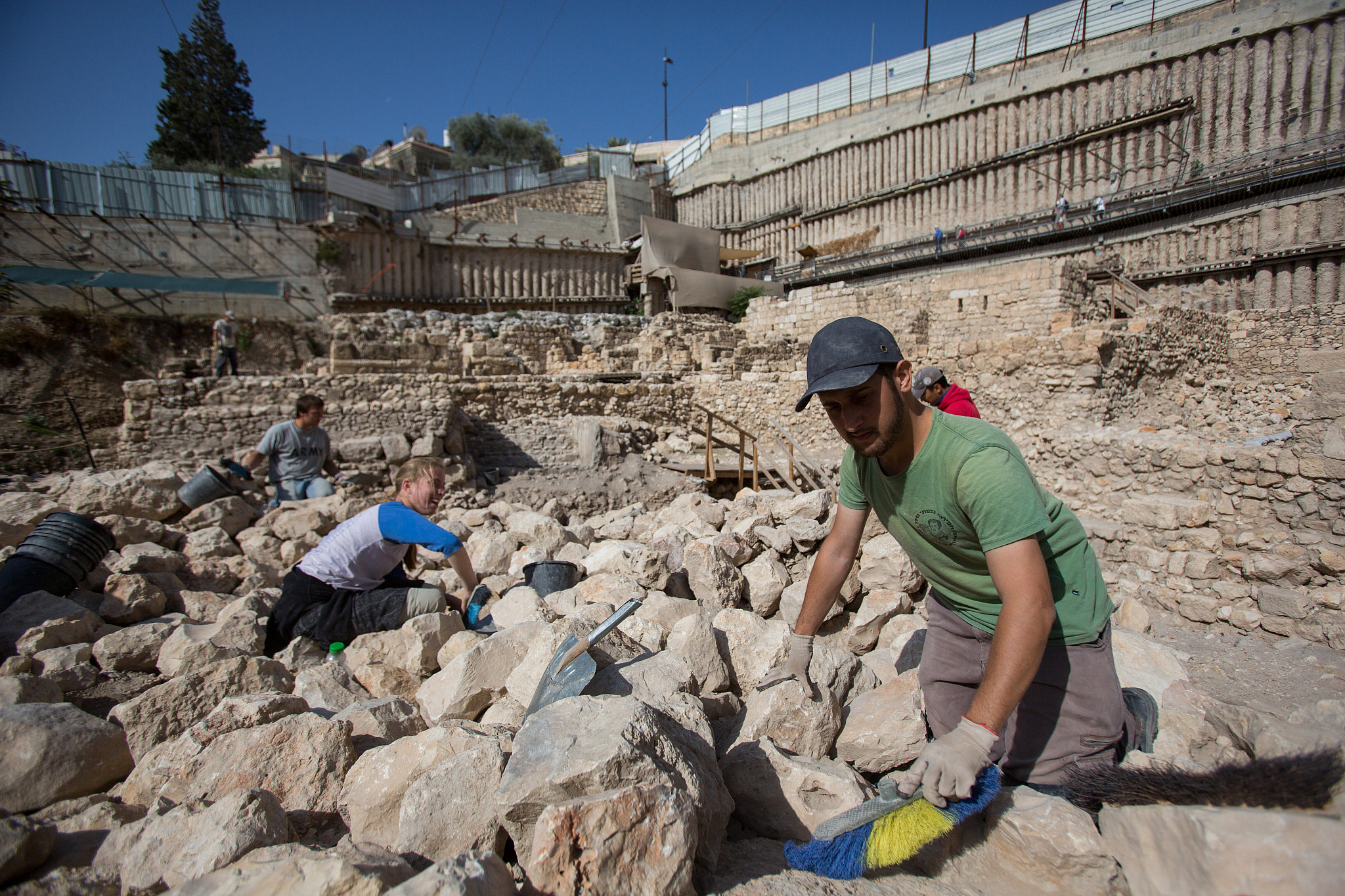A decade ago, during Benjamin Netanyahu’s second administration, Israel’s Education Minister was Gideon Sa’ar. A hardline Likudnik and a ‘Greater Israel’ ideologue, one of his major successes in office was to increase the number of Israeli middle and high school students who visited the Cave of the Patriarchs in Hebron — a holy site said to be the burial place of the prophet Abraham and members of his family, and which today serves as both a synagogue and a mosque.
When friends of mine concerned about the issue approached me back in 2012, I told them that I would not allow my daughters (two and five years old at the time) to participate in any Hebron tour that did not include a conversation with Palestinian residents of the occupied West Bank city. I didn’t have a problem with the students hearing from their Israeli teachers, as they walked by the Cave, about the Jewish connection to the site at the tail end of their visit — but only after they had seen what was really happening in the city today.
My girls were too young at the time to attend those trips. So I thought to myself that, when the time came, I would do what I had to in order to protest and prevent such a visit. Years later, my older daughter entered 10th grade in one of Tel Aviv’s liberal high schools, and, to my delight, my imagined confrontation was avoided. Or at least that is what I thought.
‘It’s different’
It began with one of those online forms, the kind that every parent has to sign whenever their child goes on a field trip. The parent of a 10th grader signs dozens of these permission slips, and they most probably don’t even read the documents thoroughly before signing.
Last month, though, the mother of one of the students wrote in the parents’ WhatsApp group that, before signing the permission slip, she wanted to better understand what security precautions were being taken for the trip. I had not yet seen the slip or the itinerary, but was confused as to what security concerns would suddenly ring such alarm bells, especially when it never had never been a problem in previous school trips.
When I scrolled through the WhatsApp group, I was surprised to learn the tour would be in Jerusalem. And not just any tour: it would include a visit to the Armon HaNatziv promenade overlooking the city, the Israel Museum, the famous Mahane Yehuda Market, and — most significantly — a visit to the Palestinian neighborhood of Silwan, in the occupied eastern part of the city.
The trip’s itinerary, however, didn’t mention Silwan at all. What was mentioned instead was a different entity — “City of David.” Located in the heart of Silwan, the City of David is an archeological site that has been turned into a national park under the management of Israel Prize Winner David Be’eri. Be’eri’s organization, Elad, has worked tirelessly over the last four decades, in close cooperation with state authorities and the Jewish National Fund, to seize Palestinian homes in East Jerusalem for the purpose of Jewish settlement.


